Freckle Vs. Mole: What’s The Difference And Is It Dangerous?
Learn to demarcate freckles and moles, and explore natural methods to effectively manage them.
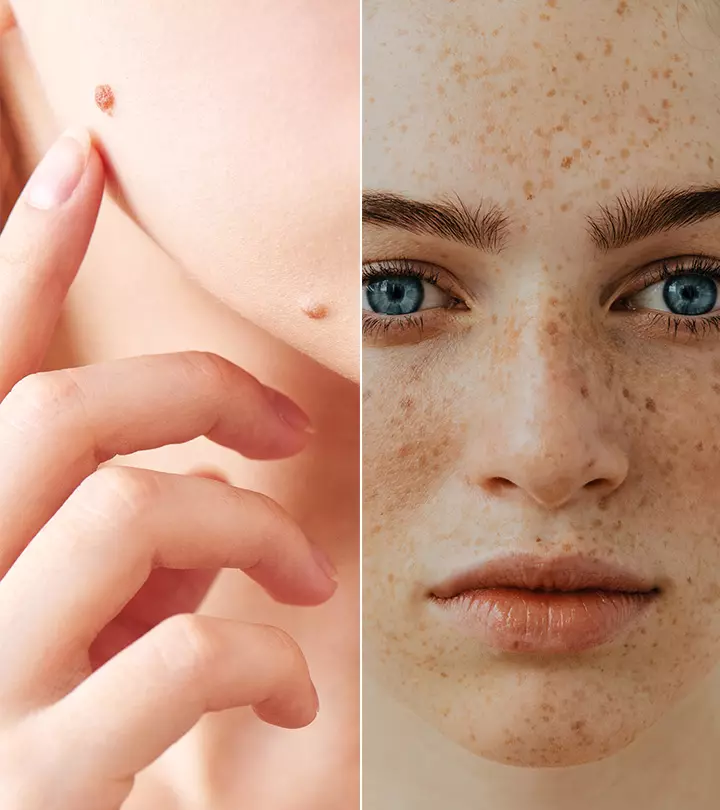
Image: Shutterstock
Mole vs. freckle – Is there any difference between the two?
Freckles and moles are common skin features. While they are similar in appearance, they are quite different. Figuring out which is which can be difficult at times. In this post, we will look at the differences between moles and freckles and how they are formed, along with whether they are a cause for concern. Keep reading to learn more!
In This Article
What Are Freckles?

Freckles are tiny reddish or pale brown spots on the skin. They usually appear when your skin is exposed to the sun for too long. Hence, besides the face, freckles on wrist, hand, and neck are very common. They can occur on all skin types but are most visible on people with pale skin.
Freckles form as a result of the overproduction of melanin, which is responsible for the color of your skin and hair. Overall, freckles are a result of ultraviolet (UV) radiation stimulation. A French study showed that people who produce pheomelanin (usually redheads) tend to form freckles more than people who produce eumelanin (people with dark and brunette hair) (1).
Our skin produces melanin on exposure to UV radiation from the sun or tanning lights. This then leads to the over-deposition of melanin in one spot, which causes freckles. Freckles occur mostly in people with blonde or red hair, fair skin, and light-colored eyes.
 Did You Know?
Did You Know?Now, let’s talk about moles.
Key Takeaways
- Freckles are pale brown spots on the skin resulting from the overproduction of melanin.
- Moles are black or brown spots that arise due to the overactive melanocytes.
- Natural remedies, laser treatments, and some topical creams reduce freckles.
- You can effectively and safely remove moles with medical treatments.
What Are Moles?

A mole is a small part of the skin that is much darker in color, like brown or black. It is not affected by sun exposure, nor does it fade away. However, it can become raised, change color, and even grow hair over time. It may also recede and disappear over your life span. Moles are formed due to the following factors (2):
- The overactive melanocytes in the body produce excess melanin, which gives rise to moles.
- Excessive exposure to sunlight. The pigmentation of the skin cells propagates and spreads to the other areas of the body with over-exposure, leading to mole formation.
- The overactivity of the sebaceous or oil glands can also lead to the formation of moles. They are usually yellow and feel rough when touched.
- Some moles are present right from the time of birth, while others occur during puberty and pregnancy due to hormonal changes.
- Weight gain and insulin resistance
Some moles may also become cancerous. If your mole is growing or has changed color, size, or shape, or has irregular borders, you need to consult a doctor immediately. Also, if you suddenly sprout a mole in your adulthood, you may need to consult a doctor (2).
There’s a slight chance of it being a sign of melanoma, a type of skin cancer. According to the global cancer diagnoses of GLOBOCAN, there were around 325,000 new cases of skin melanoma, accounting for 1.7% of global cancer cases in 2020. The rate of new cases per 100,000 people is 3.8 for males and 3.0 for females. When considering lifetime risks, men have a 0.42% chance, while women have a 0.33% chance of developing this cancer. Therefore, it is necessary to get it diagnosed.
However, you can identify different types of moles so you won’t have to get alarmed when you spot one. Scroll down to know!
Different Types Of Moles
Moles, medically known as nevi, come in various types based on their appearance and growth patterns:
1. Congenital Nevi: Present from birth that may vary in size and color.
2. Dermal Nevi: Often raised and skin-colored or pink, these moles originate in the deeper skin layers and can have hair growth.
3. Blue Nevi: These appear bluish-black and are usually found deeper within the skin.
4. Halo Nevi: Moles with a light or white ring (halo) around them, often indicating the body’s immune response attacking the mole cells.
5. Atypical/dysplastic Nevi: Irregularly shaped, larger, and with uneven borders, these moles might resemble melanoma and require careful monitoring due to their potential for becoming cancerous.
So, what is the difference between freckles and moles? Find out in the next section.
Freckles Vs. Moles: What’s The Difference?
| Freckles | Moles |
|---|---|
| Reddish or brown in color. | Darker in color. |
| Light spots splattered on the skin. | Bumps raised above the skin. |
| Affected by sun exposure and environmental factors. | Not affected by the sun or the environment. |
| Not cancerous. | Some moles are cancerous. |
| Does not grow hair. | Can become darker and grow hair |
Freckles and moles are not the same. While they are both skin lesions, they are not caused by similar factors. Moles, like ephelides, are more common in light-skinned people. Freckles are more common in pale-skinned people. A mole is formed when excess pigment-producing cells with a higher supply of blood vessels exist in the skin.
Although most moles are black/brown dots or bumps, they may vary in appearance at times and appear pink or light brown.
Now, let’s answer the most important question.
Are Moles And Freckles Dangerous?
Freckles are not dangerous, but some moles might be. Some moles that suddenly become darker or appear in adulthood may be cancerous. There are a few signs that may help you figure out if a mole is a threat (2):
- If the mole is asymmetrical in shape.
- If the borders of the mole are irregular or blurred.
- If the color of the mole is not uniform, i.e., part of the mole may be brown on one side and pink on the other.
- If the mole is larger than a quarter of an inch.
- If the mole keeps changing in size, color, and shape.
- If it suddenly becomes tender or bleeds.
Freckles are not dangerous. But, people who have freckles are more sensitive to sunlight and need to take the necessary precautions to protect themselves.
Find out if you can remove freckles and moles in the next section.
Can Moles And Freckles Be Removed?
Laser treatment is an effective way to remove freckles. There are a few natural remedies and treatment options that can help reduce the appearance of freckles. There are also some creams that can reduce the appearance of freckles.
When it comes to moles, many sites suggest a do-it-yourself approach that can cause more harm than good. There are many home remedies like using apple cider vinegar to burn off moles or applying garlic to get rid of them. Some people also use castor oil to remove moles. There are also some mole removal creams available on the market that might cause thick scars. Do not use any home remedies.
Charlotte, a blogger, shared her journey of removing moles on her face. She applied a mole removal cream to her mole. She wrote, “I left the product on for 45 mins. It gave a good sting at first but nothing to be scared about. The mole became very dark in color but I successfully covered this with makeup (i).” After removing the cream, the mole scab eventually peeled off after three days leaving behind a little scar.
Removing a mole with scissors or other sharp objects may lead to infections and scarring. Considering that some moles can be cancerous, these home remedies may not be the best option for you. Consult a doctor before trying any of these methods.
A doctor can remove a mole with the help of a cauterizing machine or surgically either by removing the entire mole or shaving it off.
 Pro Tip
Pro TipFreckles and moles are not the same. The difference between freckles and moles lies in what causes them. Though they are both common skin lesions, they are caused by different factors. Freckles are light spots scattered on the skin, while moles are bumps raised above the skin. Though they are both considered harmless, moles can become cancerous in some cases. You can remove both freckles and moles through medical procedures, home remedies, and removal creams. Consult your dermatologist to get a clear picture and decide which treatment method suits you the best.
Frequently Asked Questions
How can I stop freckles from forming?
It’s important to reduce sun exposure to prevent freckles from forming. Use sunscreen daily, wear protective clothing, seek shade, and avoid peak sun hours to limit UV exposure.
What steps should I take if I notice any changes in my mole?
If you notice any changes in your mole, monitor its shape, color, size, and consult a dermatologist immediately for detailed evaluation.
Is a beauty mark a mole?
A beauty mark is scientifically identical to a mole, a tiny collection of skin cells that grow in a cluster rather than spreading evenly. As a result, the terms beauty mark and mole are often used interchangeably.
Is a dark freckle cancerous?
Freckles aren’t harmful but can resemble certain skin cancer types. People should see a doctor if they detect any changes in their skin, as they will be able to check for anything unexpected.
Why do freckles turn into moles?
Freckles occur due to sun exposure or heredity, whereas moles form when skin cells cluster together rather than expand into the skin. In the end, the mechanisms that cause freckles and moles to form are separate and different; therefore, freckles cannot become moles and vice versa.
Did you know the difference between moles and freckles? Here is a video with valuable insights helping you distinguish between moles and freckles for better skincare awareness. Click play now!
Personal Experience: Source
StyleCraze's articles are interwoven with authentic personal narratives that provide depth and resonance to our content. Below are the sources of the personal accounts referenced in this article.
(i) How to remove moles at homehttps://www.charlotteinengland.com/2015/03/how-to-remove-moles-at-home-dermatend.html?m=1
References
Articles on StyleCraze are backed by verified information from peer-reviewed and academic research papers, reputed organizations, research institutions, and medical associations to ensure accuracy and relevance. Read our editorial policy to learn more.
- MC1R gene
https://medlineplus.gov/download/genetics/gene/mc1r.pdf - Common Moles, Dysplastic Nevi, and Risk of Melanoma
https://www.cancer.gov/types/skin/moles-fact-sheet
Read full bio of Dr. Saloni Vora-Gala
Read full bio of Anjali Sayee
Read full bio of Ramona Sinha
Read full bio of Swathi E






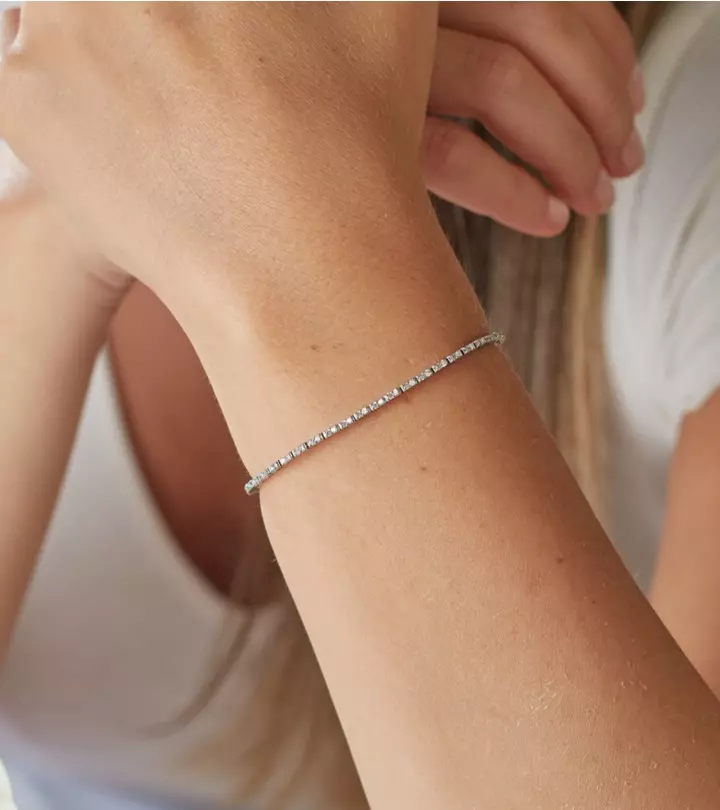
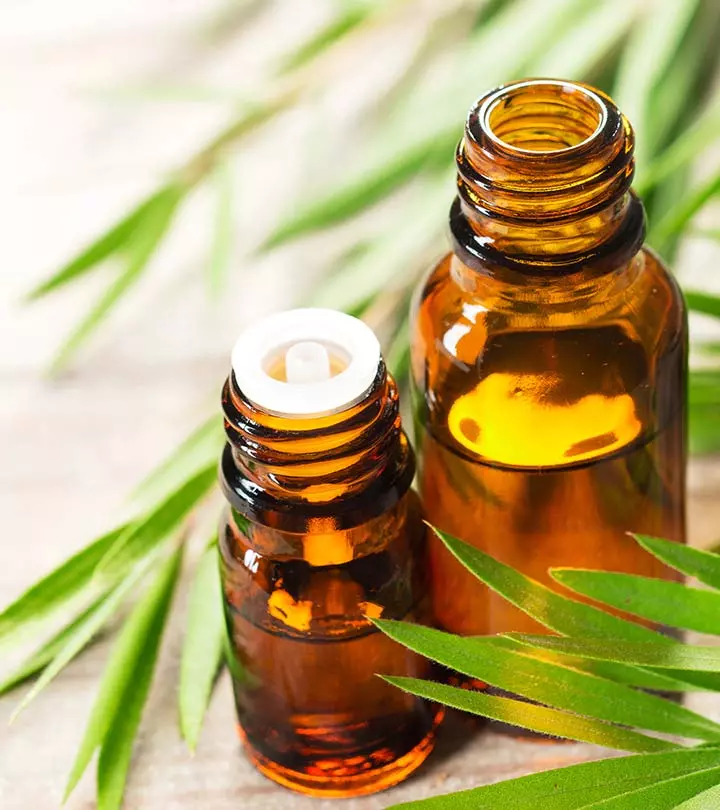
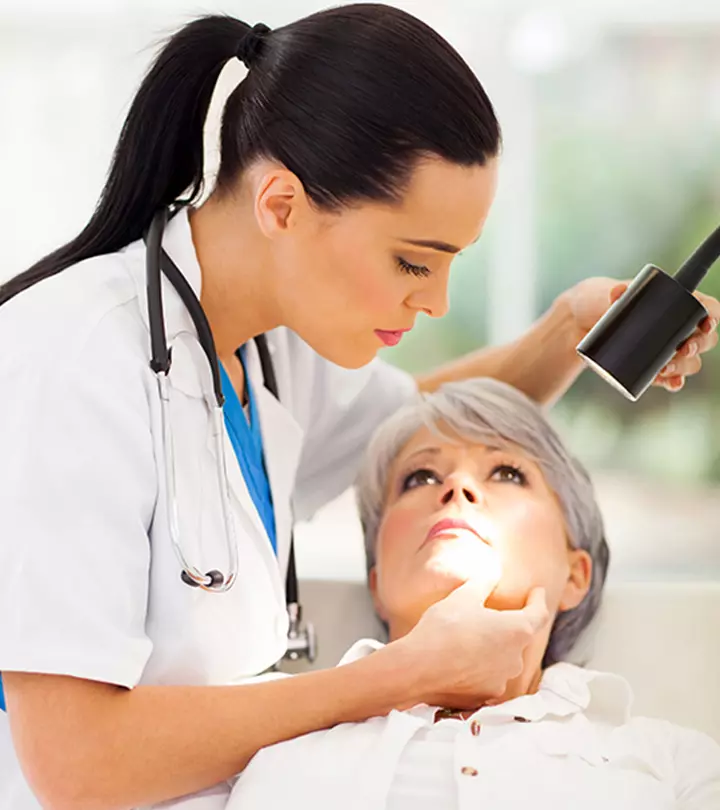
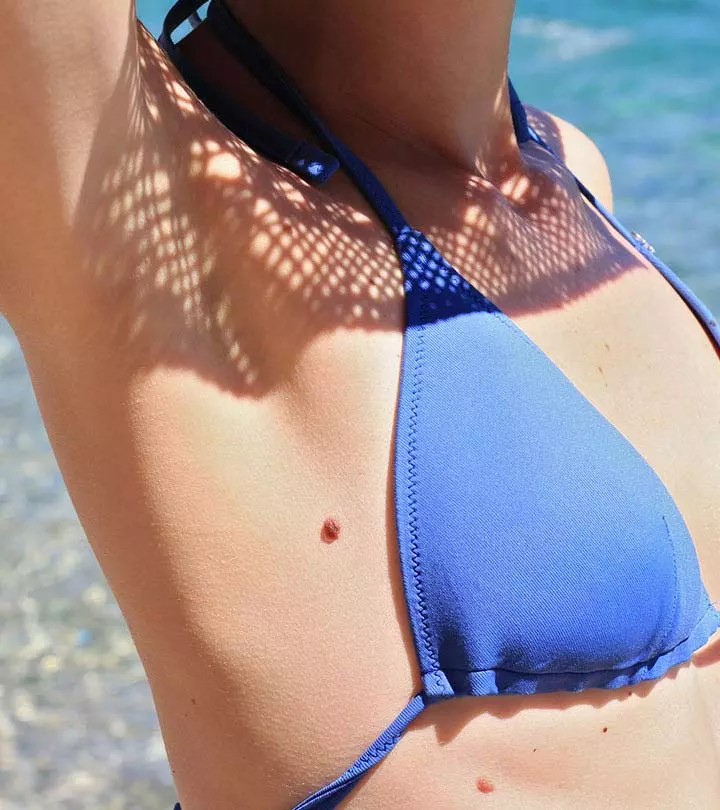
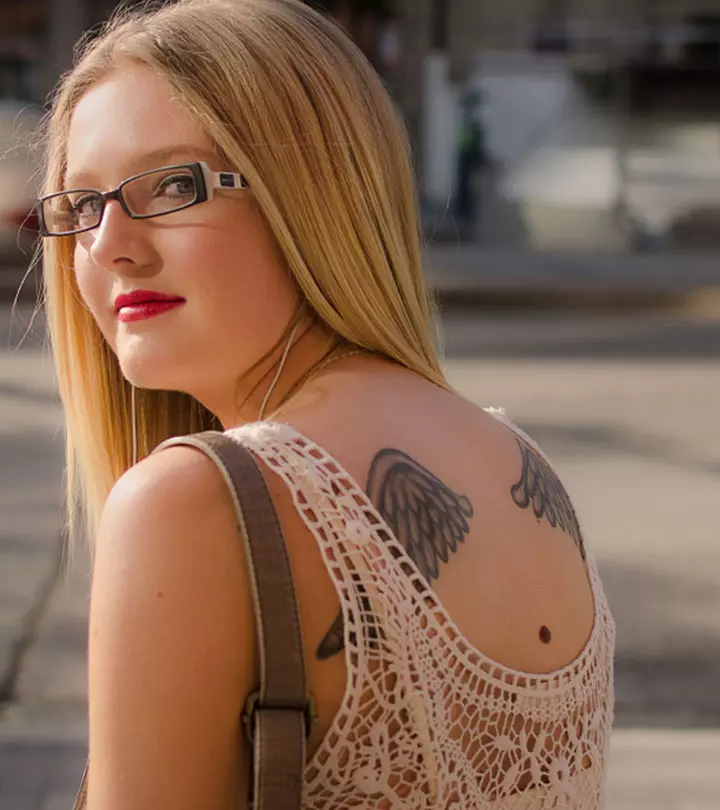
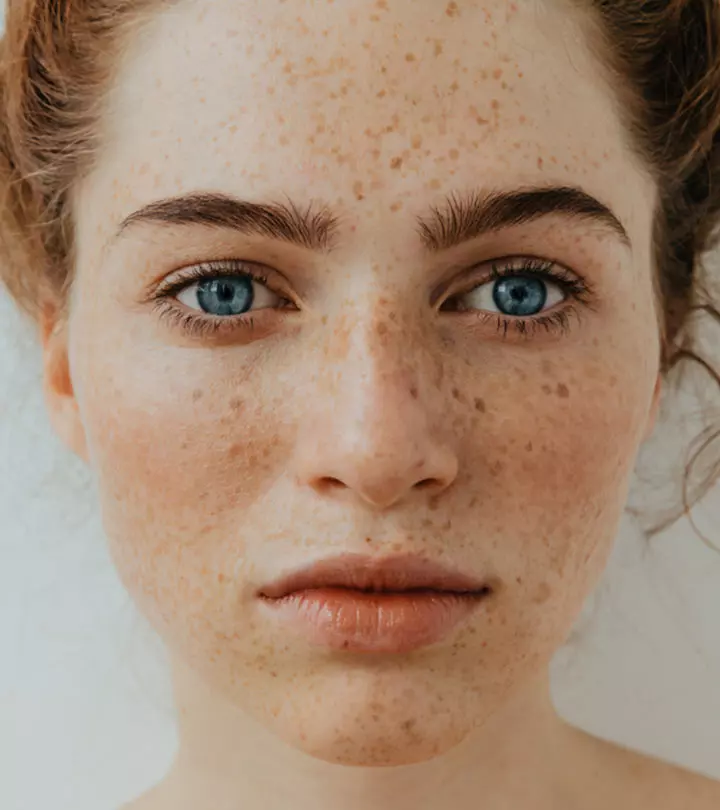


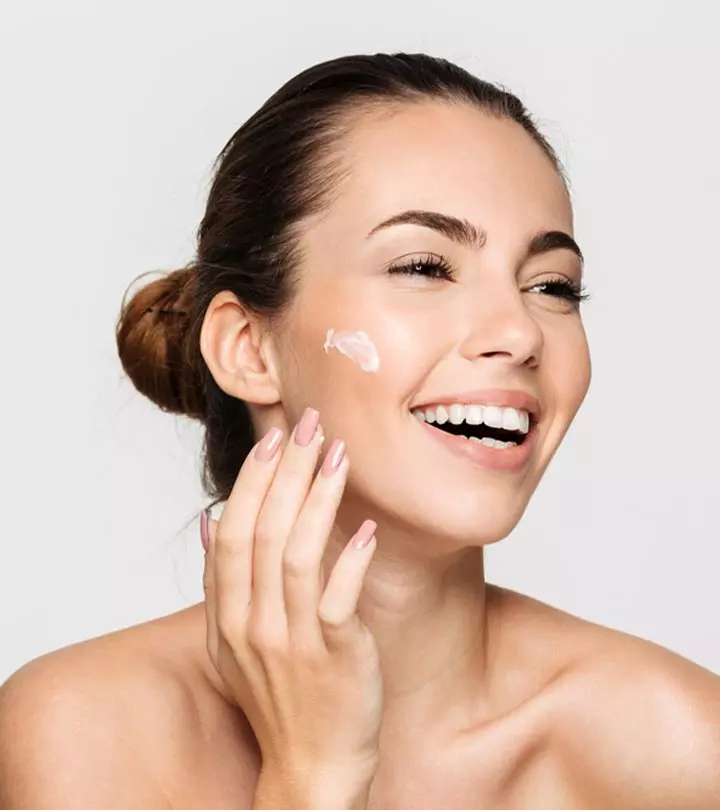
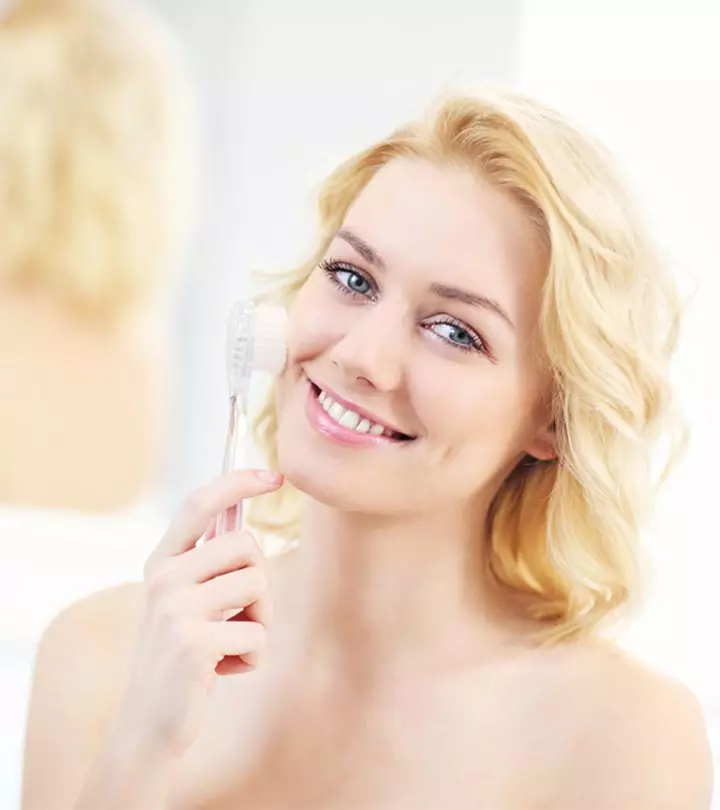
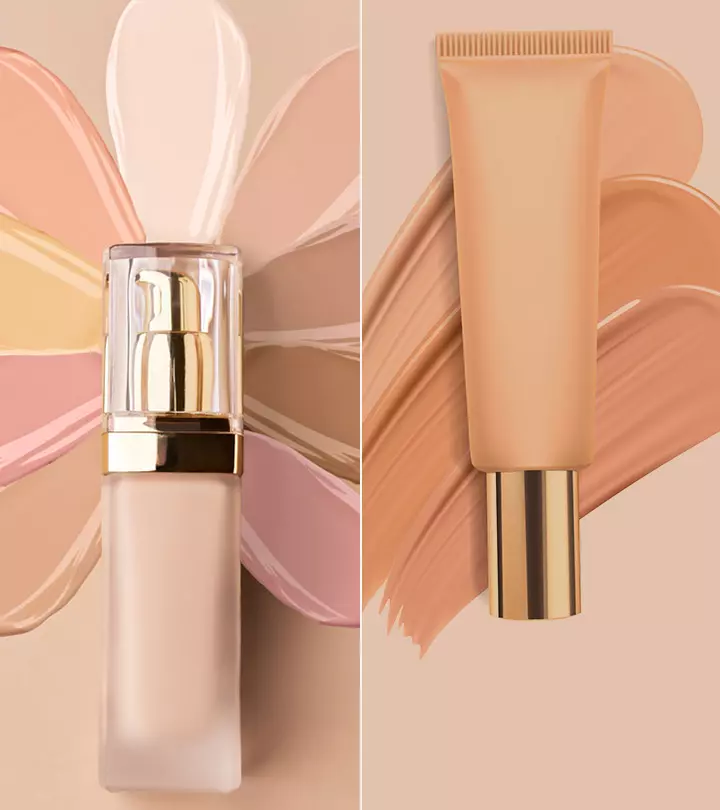
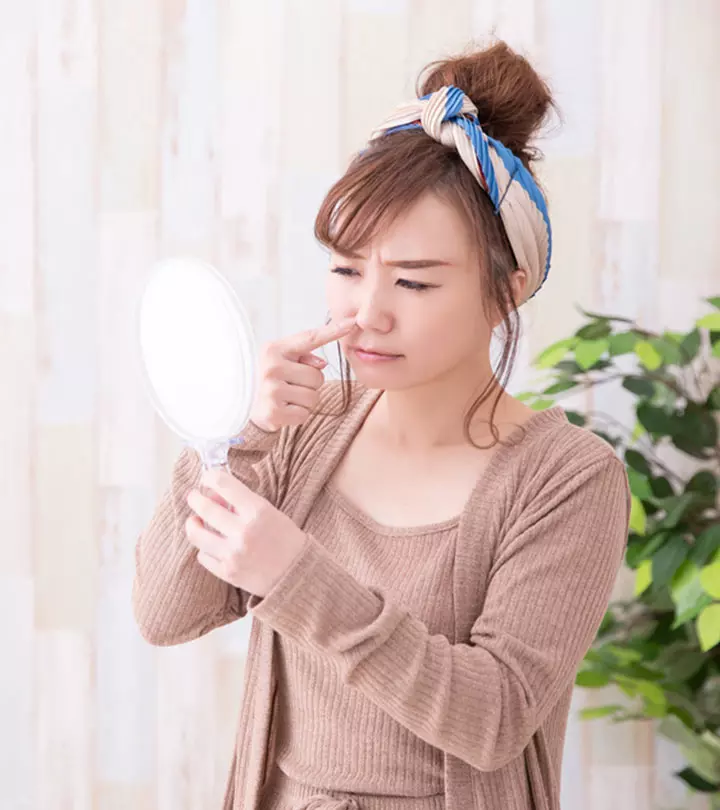
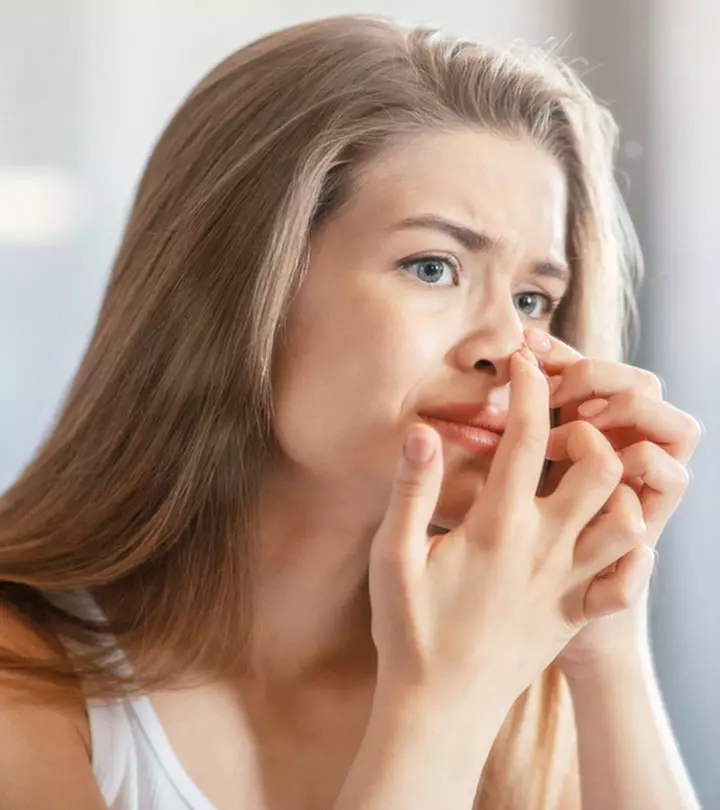
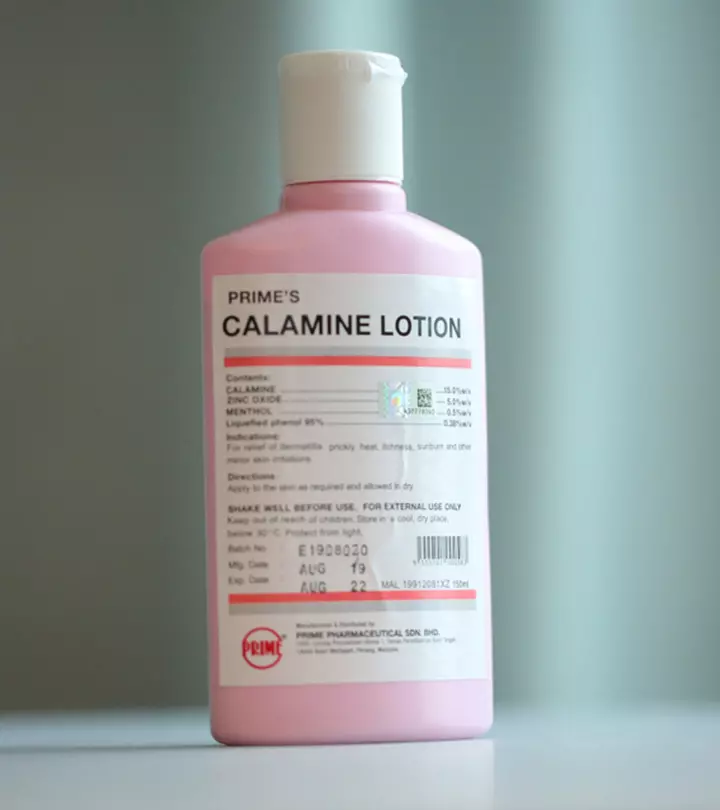

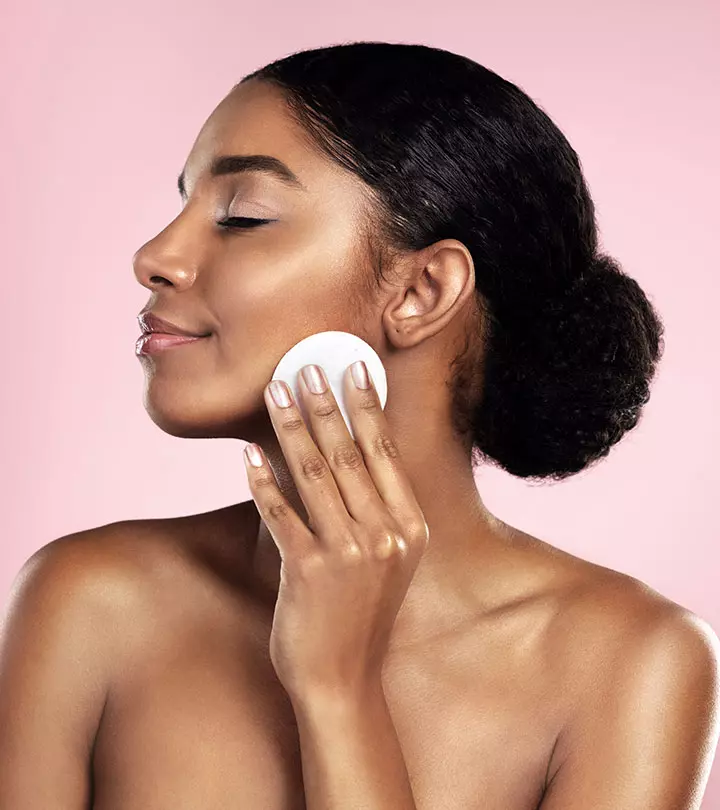

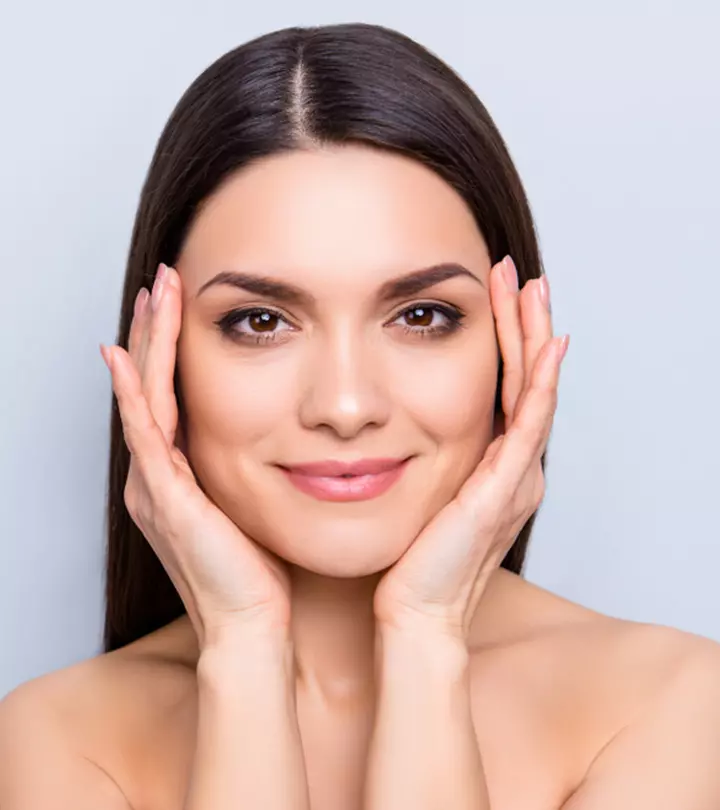
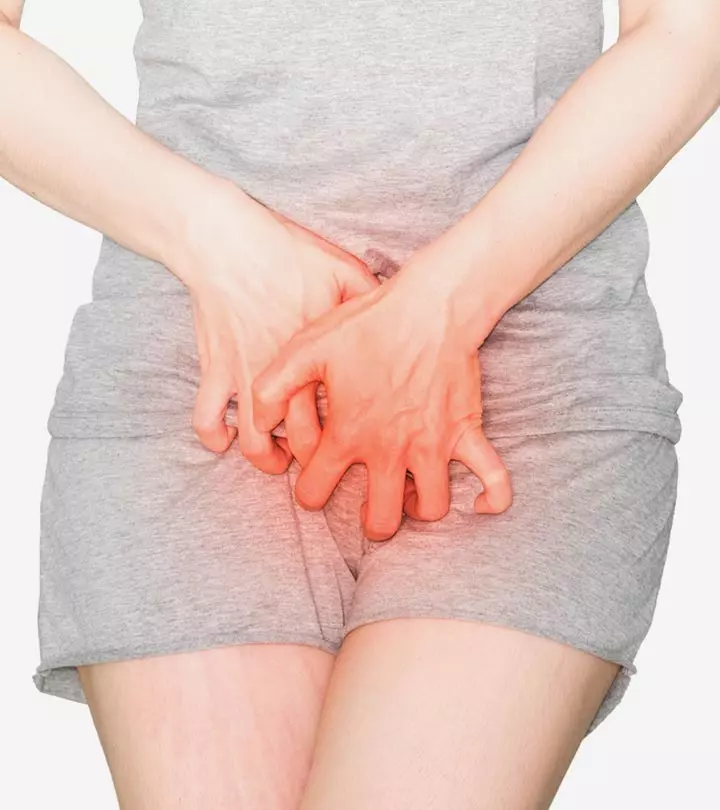

Community Experiences
Join the conversation and become a part of our empowering community! Share your stories, experiences, and insights to connect with other beauty, lifestyle, and health enthusiasts.